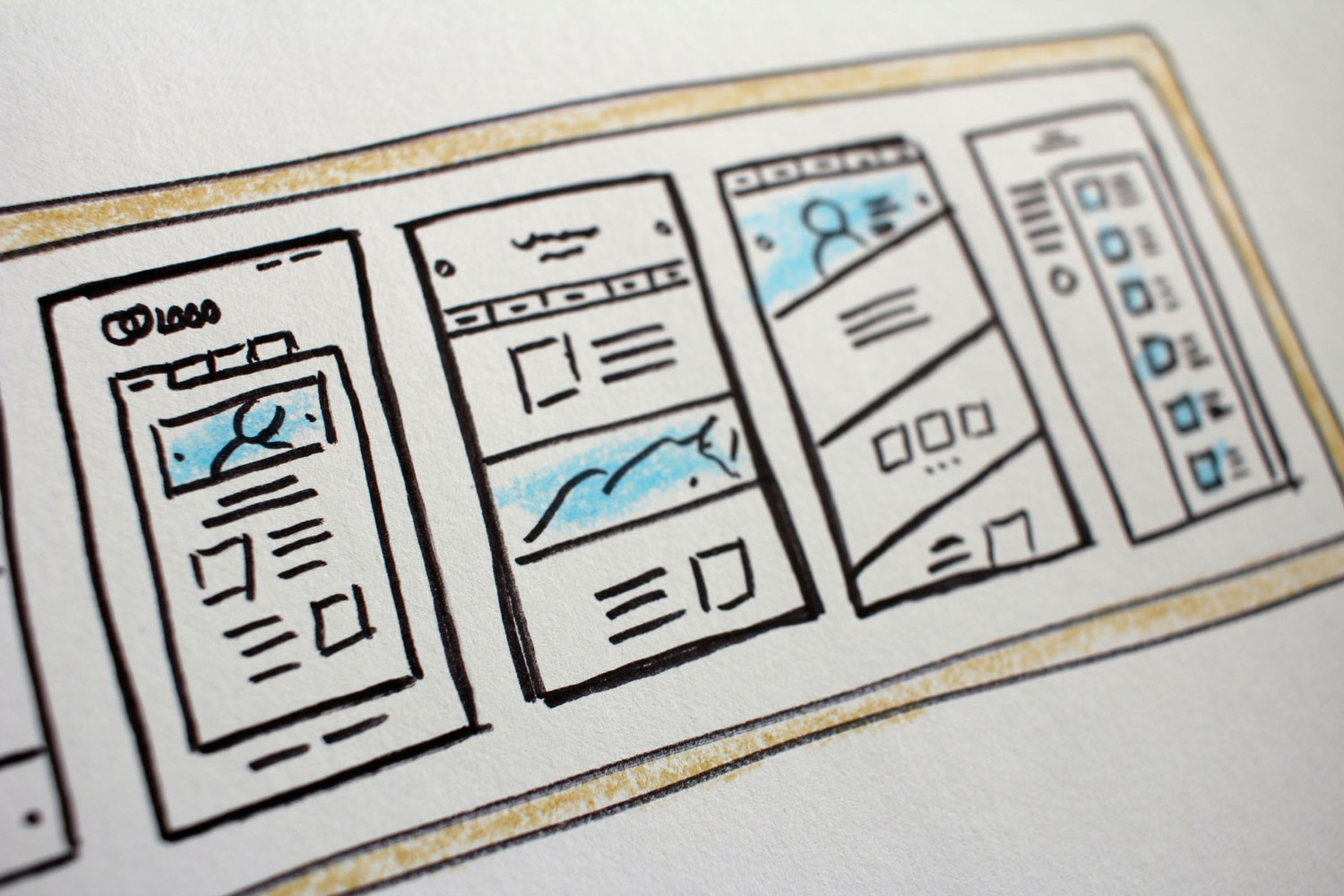Most businesses redesign their website only when something is visibly broken. By the time they reach that point, the site has usually been underperforming for months or even years. The truth is simple. A website doesn’t fall apart overnight. It declines slowly, in ways that quietly hurt conversions, credibility, and customer experience long before anyone notices.
If you’re unsure whether your site needs a refresh or a full rebuild, use this checklist. If even a couple of these are true, it’s time to reconsider your current setup.
1. Your website is hard to update
If making basic changes requires a developer, a plugin workaround, or a half-hour of frustration in a messy backend, the site has already outgrown its infrastructure. A modern website should allow quick content edits, easy image swaps, and scalable structure. When updates feel painful, teams avoid them, and the site falls further behind.
2. It’s not converting the way it used to
Conversions almost never drop for one dramatic reason. It’s usually death by a thousand small cuts. Bounce rates creep up, form submissions dip, and users stop taking the actions your business depends on. That’s often a sign that the design, content, or experience no longer aligns with how people actually behave.
3. The design doesn’t reflect your brand anymore
Brands grow, shift, and mature. If your website still represents a past version of your business, it will always feel a step behind. When new clients or customers say things like “your site looks different from your Instagram” or “I wasn’t sure what you actually did,” that misalignment is costing you trust.
4. Users keep getting confused
Confusion shows up fast. People clicking the wrong things. Repeating the same questions. Struggling to find key information. These are symptoms of unclear IA, weak hierarchy, or poor content structure. If your support inbox or staff are constantly explaining what the site should already explain, the design isn’t doing its job.
5. It’s slow or frustrating on mobile
Mobile performance is one of the quickest ways to lose a potential customer. Slow load times, broken layouts, small tap targets, non-responsive components, or outdated code can tank the experience before the user even reaches your content. If the mobile version feels like an afterthought, it’s time for a rebuild.
6. Your competitors levelled up
You don’t need to chase trends, but you do need to stay relevant. If your closest competitors have recently updated their websites, sharpened their messaging, or improved their UX, your older site will feel dated by comparison. And customers notice. A modern digital presence signals confidence and momentum.
7. You’ve outgrown the template you once relied on
Templates are great for early-stage businesses, but they eventually become restrictive. As your services expand, your content grows, or your UX needs increase, a template can become a structural bottleneck. If you keep hacking sections together or fighting the layout, you’ve surpassed what that setup can offer.
Conclusion: A redesign is strategic, not cosmetic
A website redesign isn’t about making things prettier. It’s about realigning your digital presence with where your business is now and where it’s heading. When your site supports your goals instead of holding them back, everything becomes easier. Better user experience. Stronger conversion. Clearer messaging. More trust.
If any of these signs sound familiar, it’s worth taking a closer look. A well-planned redesign pays for itself faster than most businesses expect.









.avif)
